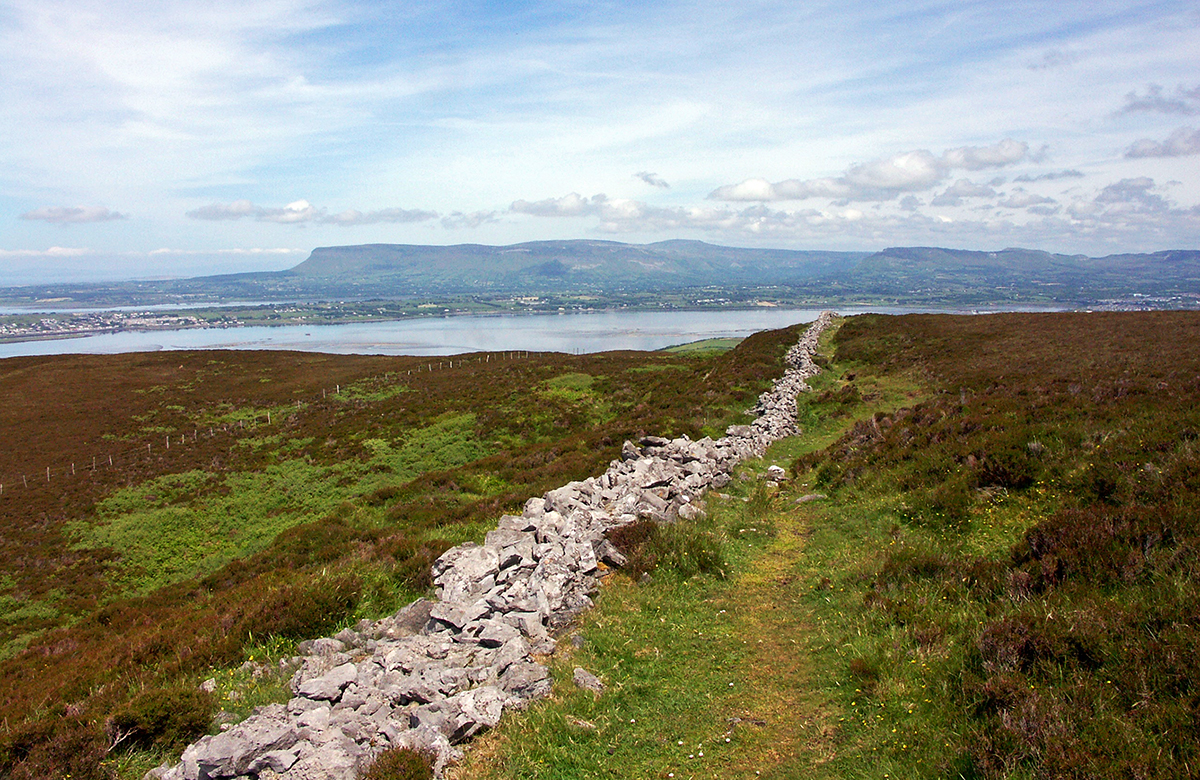County Sligo, Ireland. Have you heard of it?
If you’re a William Butler (W.B.) Yeats fan, then the answer is yes.
And if you’re not, then my guess is that was a “no.”
This county is relatively small — both geographically and in population. It’s the connecting county between County Mayo and County Donegal.
And it is greatly overlooked.
I’ve never been here. Four times to Ireland and never even driven through it.
Not this time.
I will be spending at least a couple of nights here. Those nights are booked.
And while most of my time will be up in County Donegal (super stoked about this), I am definitely becoming more intrigued by Sligo as I read up on the history and the sites that are there.
So what is there to see in County Sligo?
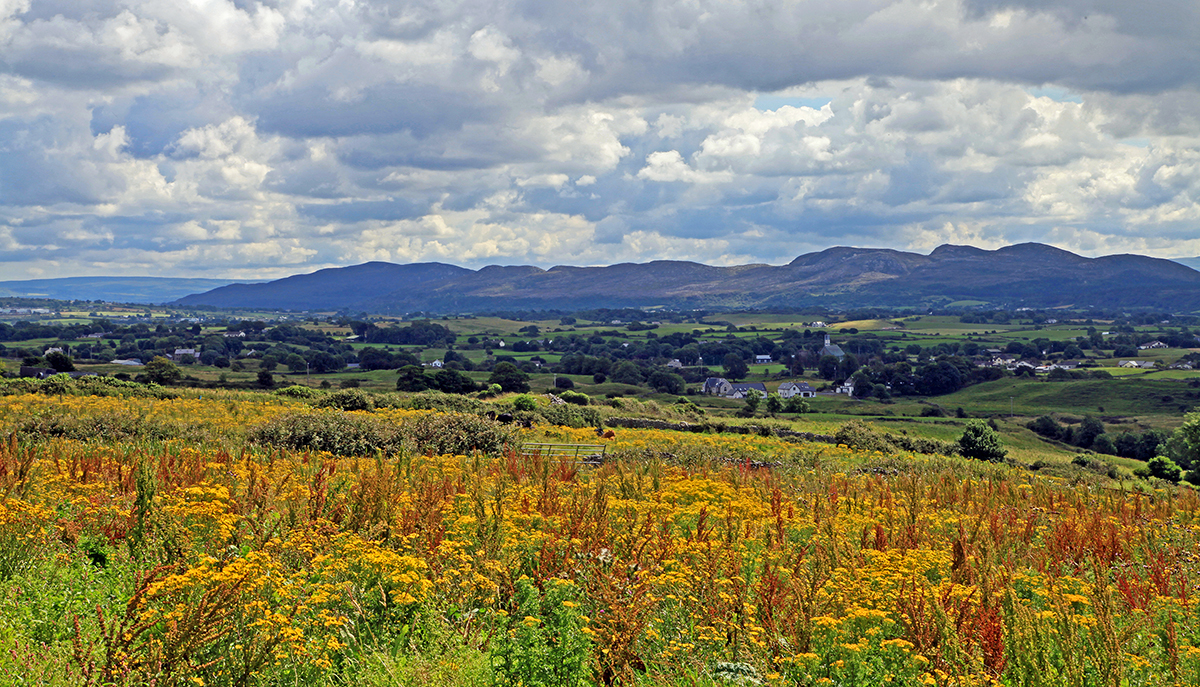
Sligo landscape — gorgeous! ©Graham Higgs
Let’s start with Carrowmore
This is a megalithic cemetery.
What the hell does that mean?
Well there are 4 of this passage tomb complexes in Ireland. Carrowmore happens to be one of the largest and one of the oldest dating back to as early as 3700BC.
This is a complex that the ancient people of Ireland built to honor and bury their dead. So these places were quite special to those people. In other words, they chose that specific spot in County Sligo to build this complex for a very good reason.
Is there something magical or mystical about that particular place?
I’m sure the ancient folks of Ireland thought so.
Today you can see about 30 different monuments at Carrowmore. There are some that are more like stone circles or ellipses. There others that are what is called a dolmen. And still others are referred to as cairns.
The center of it all is the restored Tomb 51 or Listoghill. It sits at the highest point and has a unique box-like chamber. And it has some art in it as well. The only art found, so far at least, at Carrowmore.
It’s definitely high on my list for my short time in County Sligo.
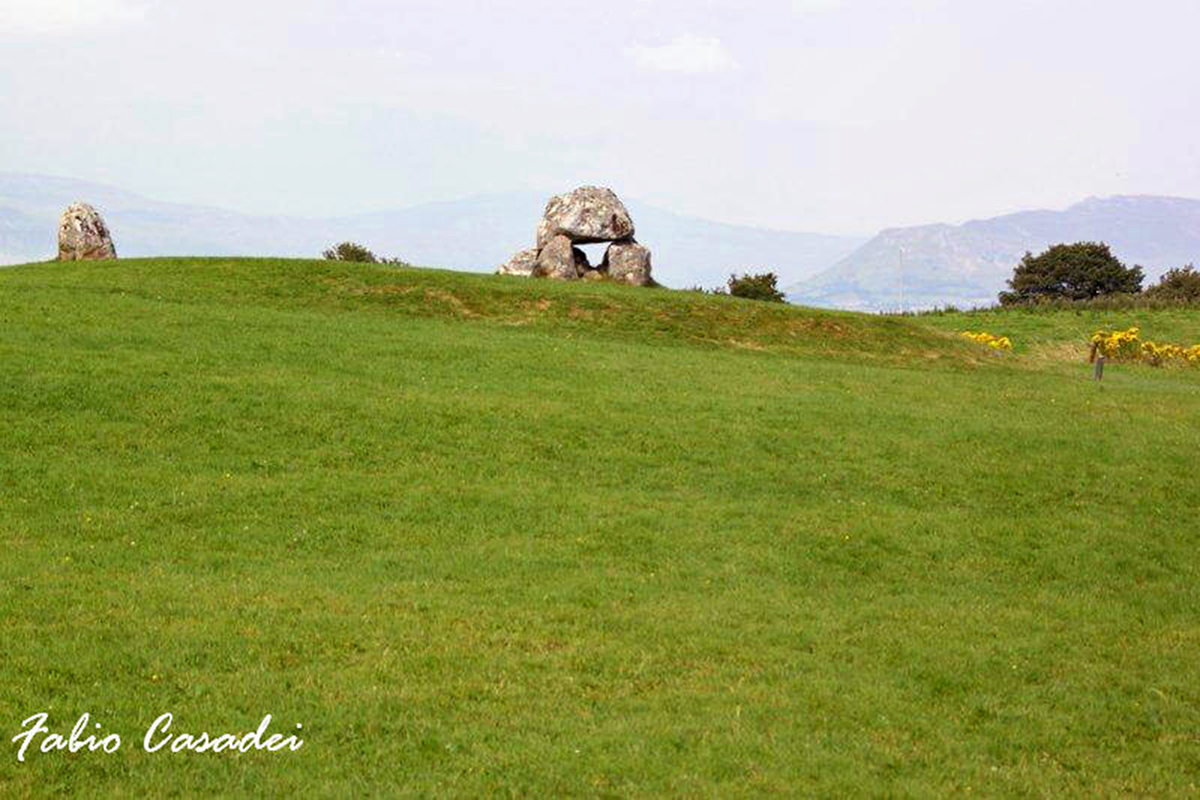
Carrowmore Megalithic Cemetery in County Sligo, ©FABIO CASADEI
Benbulben
Yes, there are mountains in Ireland and this is one that I know I’ll at least catch a glimpse of.
Benbulben is unique in that it is flat-topped with near vertical sides. It tops out at 526m (1726ft). The rock is limestone but, being Ireland, there’s loads of green on it to balance out all that grey.
While it’s not a great mountain for walks and hikes as it’s pretty difficult, it is very picturesque so worthy of at least a look-see. And you’ll see it popping up here and there as you make your way through that part of County Sligo.
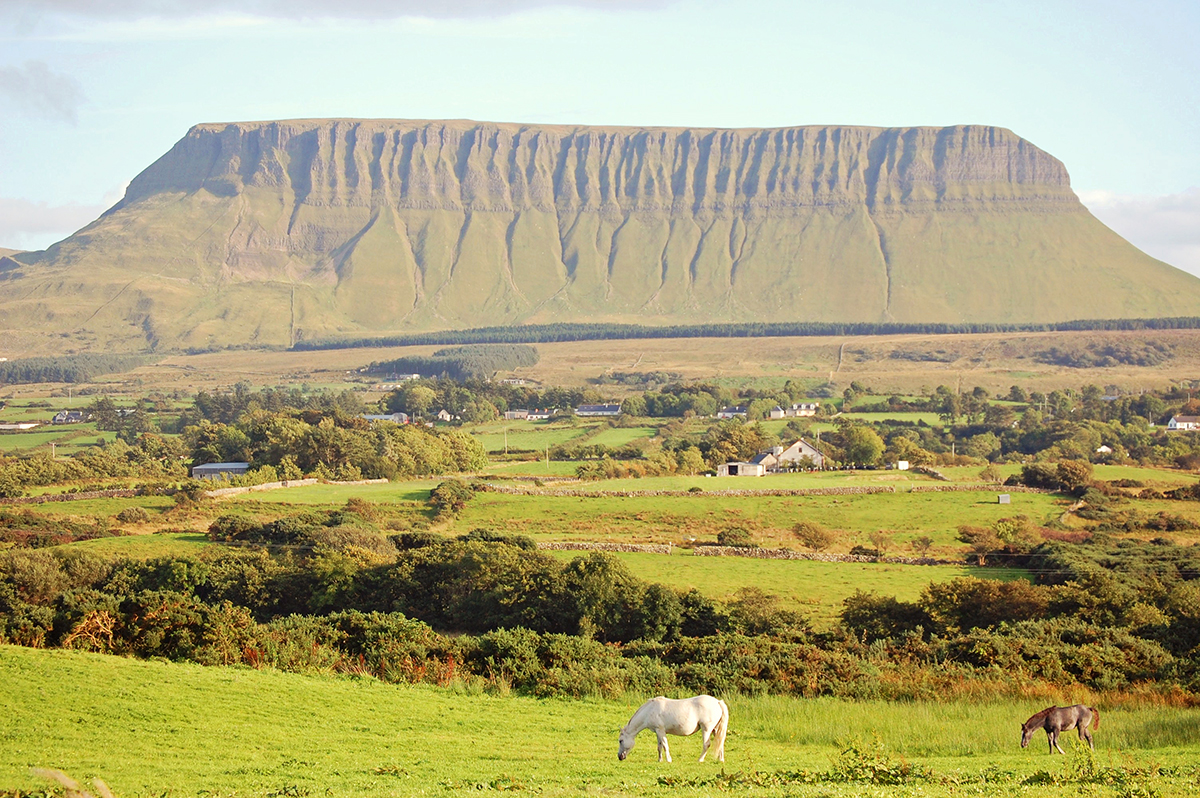
Benbulben. a very iconic site and unique mountain in County Sligo, ©RubyTuesday321
Rosses Point
Just a short drive northwest of Sligo Town, Rosses Point is a seaside town with a couple of lovely beaches, a world-class golf course (County Sligo Golf Course) and a pleasant beach-y atmosphere.
This is the place to go and relax.
There are only a few places to stay and a few restaurants and pubs. But maybe this is exactly what you need — just some time walking along a beach or playing a round of golf.
And with it being so close to Sligo Town, you can always head back there if you need a bit more excitement.
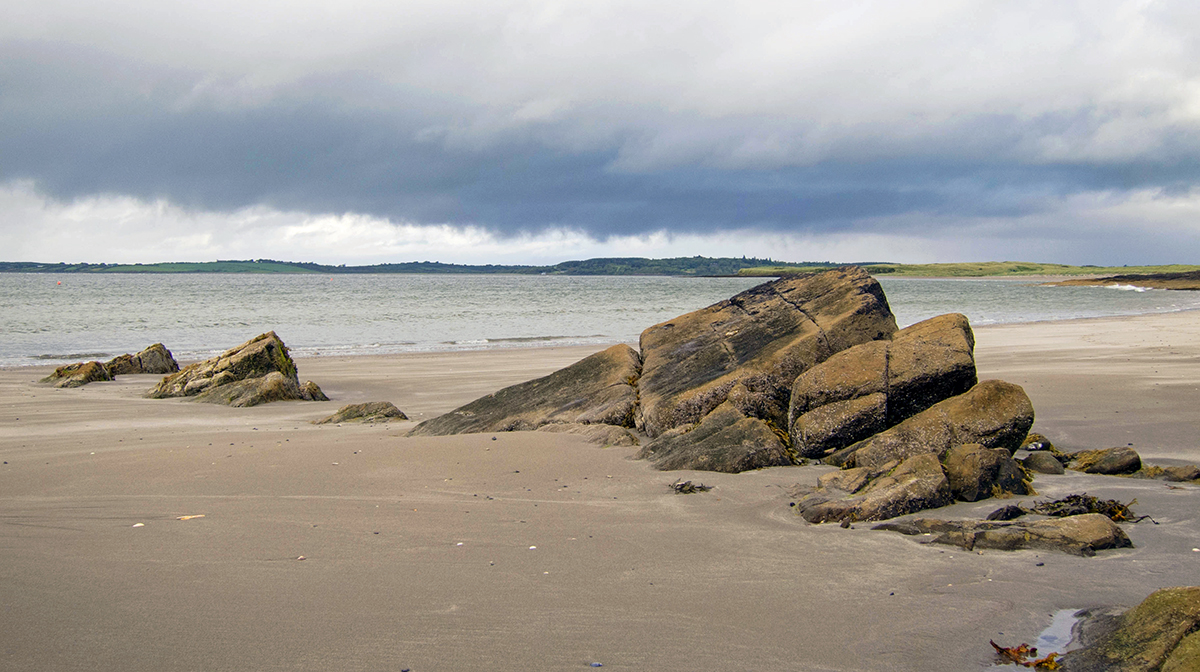
Rosses Point Beach, County Sligo, ©Jim Grey
And another megalithic cemetery
Yes, Carrowkeel is another megalithic cemetery located in County Sligo and one of the four passage tomb cemeteries in Ireland. This one lies in the southern part of the county.
There are 14 passage tombs here dating back to 3400 to 3100BC. You can actually enter some of them although you might have to crawl through a narrow passageway.
The location is what makes Carrowkeel especially lovely. It sits up in the Bricklieve Mountains and it’s largely underdeveloped. You can see why the ancient people found this place sacred.
It’s a good one kilometer (2/3 mile) walk to the first site, Cairn G.
Now Cairn G is rather special as it is the only other known passage tomb — beside Newgrange — to have a roof-box. However, this one is aligned to the midsummer sunset instead of the winter solstice sunrise. I love this!
There are a few stone circles here as well.
There is no doubt that Carrowkeel is a truly special and spectacular site worth the time. It’s on my list!
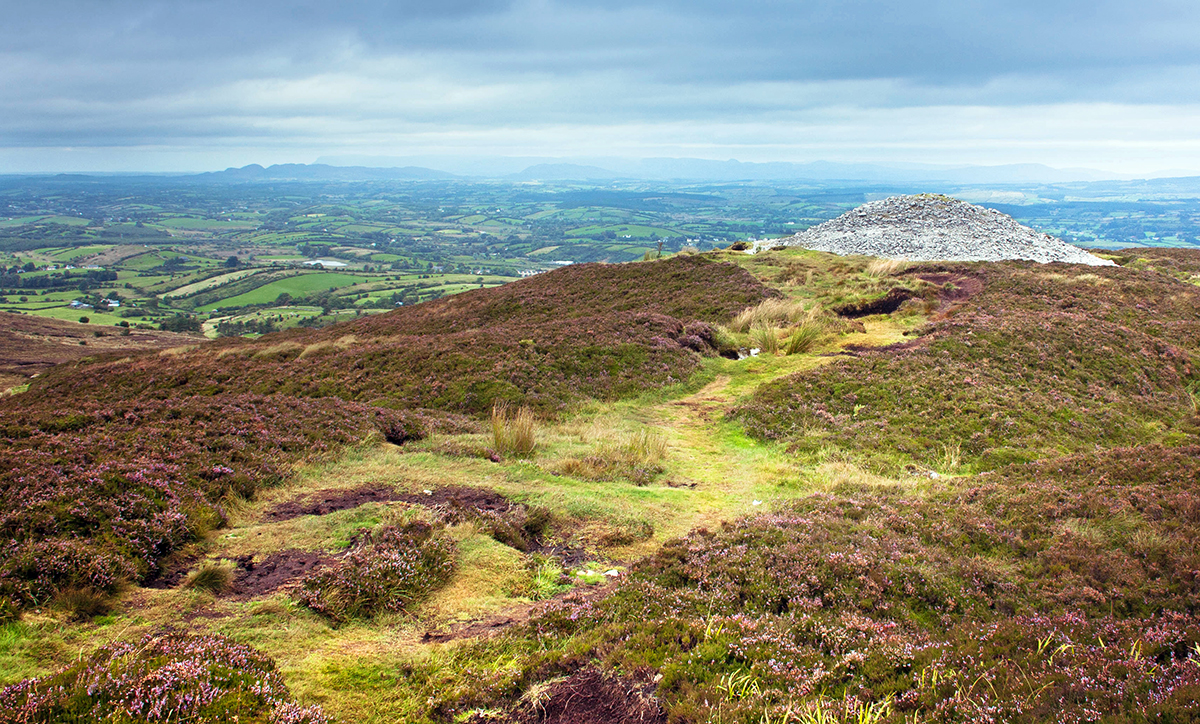
Carrowkeel Megalithic Cemetery, County Sligo, ©Marie-Lise Van Wassenhove
Yeats Country
Okay so this is a bit of a catch-all for the part of County Sligo that lies just north of Sligo Town. But this is where the Nobel laureate loved spending time.
And this happens to be the area that I’ll be staying for a couple of nights.
Drumcliff is one of the small towns with loads of Yeats history and is also where you’ll find his grave.
Now there’s debate over whether he is truly buried there as he died in 1939 during the beginnings of WWII. So there’s some uncertainty as he spent a great deal of time living in other parts of Europe as well (France, England). Folks believe those aren’t actually his bones in the grave due to some mix ups.
However, Yeats did want to be buried in his beloved County Sligo as he always came back here. And so much of his writing is based on this part of Ireland. So we’ll just all pretend he’s really buried here!
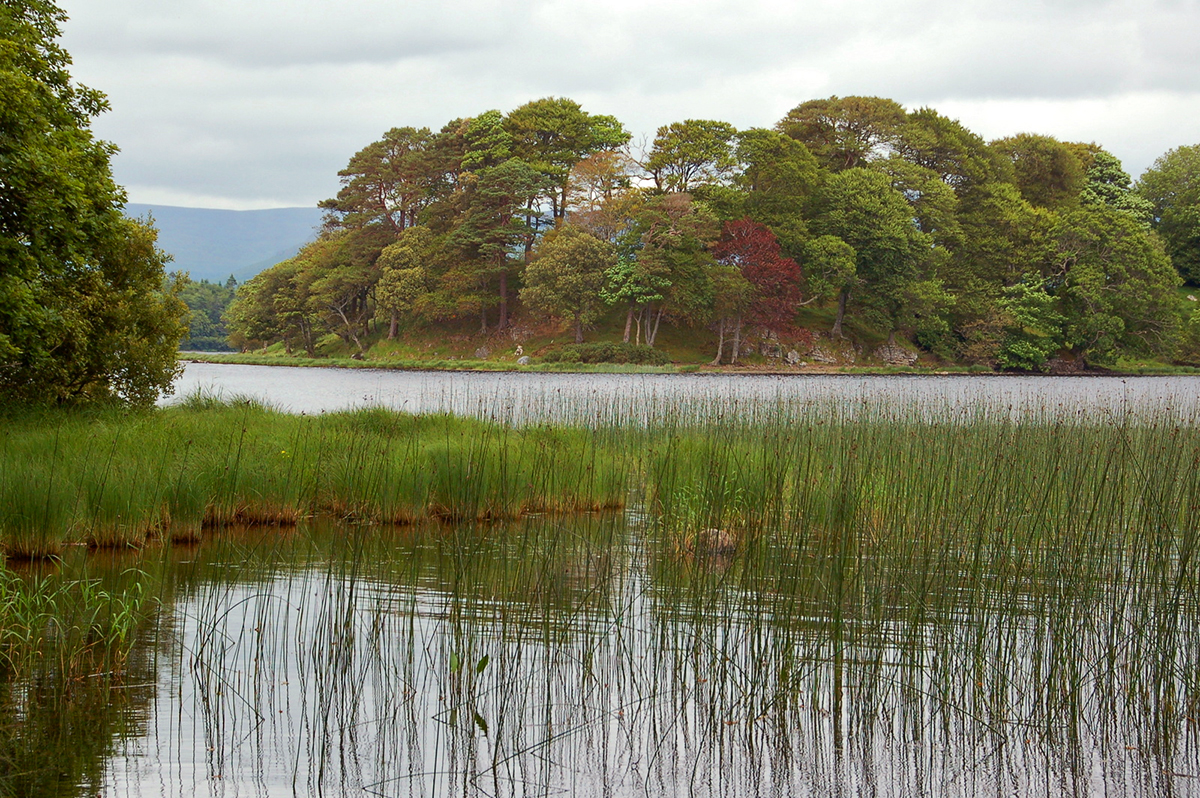
Lough Gill, County Sligo, ©James Stringer
Raghly (I’ll be staying near here), Lough Gill, Streedagh Beach and Mullaghmore are other places that are worth checking out in this gorgeous part of Sligo.
Mullaghmore has a castle, Classiebawn Castle, nearby. And it has a lovely spot along the coast. It’s definitely worth checking out.
Lough Gill, which actually straddles Counties Sligo and Leitrim, is famous for great fishing and a beautiful waterfall. And it features in the Yeats’ poem, “The Stolen Child.”
This area north of Sligo Town — so often referred to as Yeats Country because of the writer’s love of it —is probably the most scenic part of the county. So you don’t want to miss it!
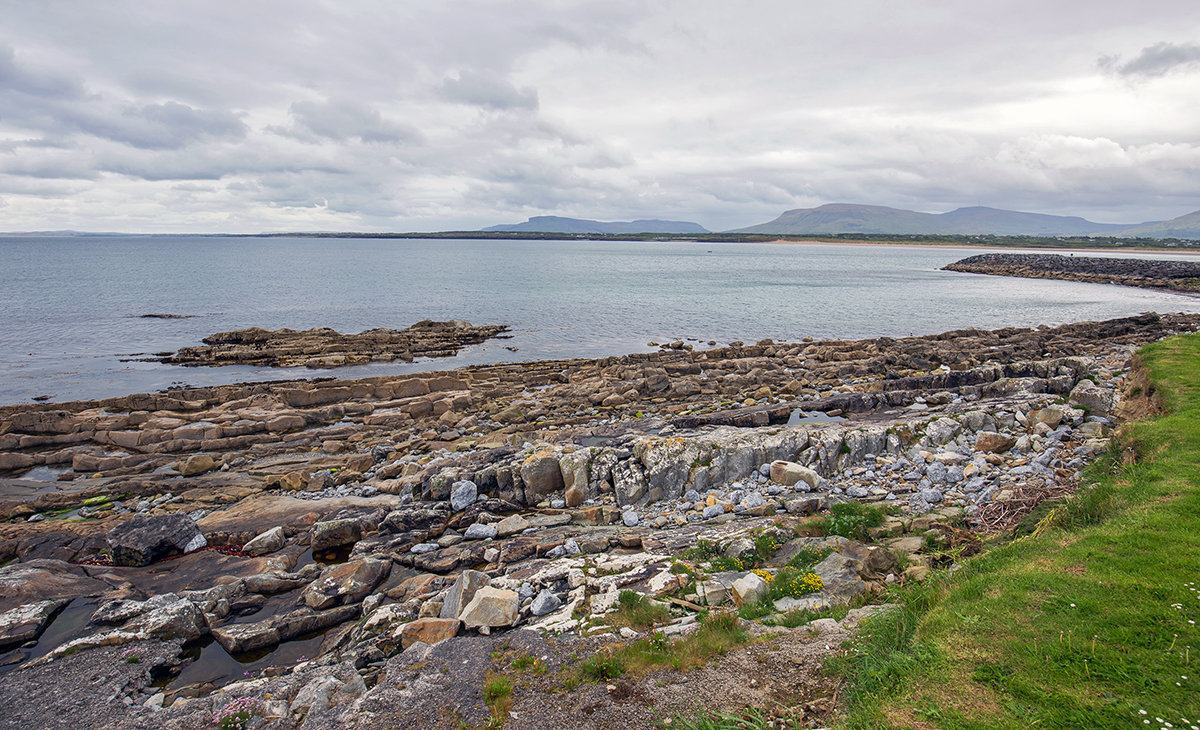
Mullaghmore Coast, County Sligo, ©Laurie Nevay
So are you ready to venture somewhere new in Ireland?
I sure am. I can’t wait to experience a few days in County Sligo. And there’s much more than what I’ve mentioned here.
It’s going to be truly special. Something tells me I’ll want to go back.
And something tells me you are now intrigued by County Sligo.

